Drisoth's Lineup Analysis - Runeterra World Qualifier Open Champion

Introduction

On May 14th, Drisoth conquered the title of first Runeterra World Qualifier Open champion!
This tournament guaranteed a direct spot into the World Championship which will be taking place later this year. We'll analyze this American player's lineup during the second day of tournament, and understand how he got US$5000 playing in one of the hardest metas of all time in Legends of Runeterra's competitive scene.
The Hardest Meta to Understand of All Time

During the days that preceded the Runeterra World Qualifier Open, the whole community went into competitive mode, as usual. All professional and aspiring players were studying to try to understand what would be the best lineup possible to win the tournament.
The greatest truth of all is that it isn't enough to bring the best decks: you also need to play extremely well and have a bit of luck to be successful in those kinds of big tournaments.
A saying that was popular in the community about how you should treat this Runeterra World Qualifier Open in particular was:
“Don't overthink it.”
- Boulevard.
You shouldn't have thought too much about the meta, because really the number of archetypal variants within the same champions, the number of strong lists, and the number of ways to play well against the meta were just too great. Those were countless factors that players should have considered, and, to reach a conclusion, each one of us would have to go through a very taxing process mentally.
So, the secret to May 13th Runeterra World Qualifier Open was bring what's strong, and guarantee your wins with your skills.
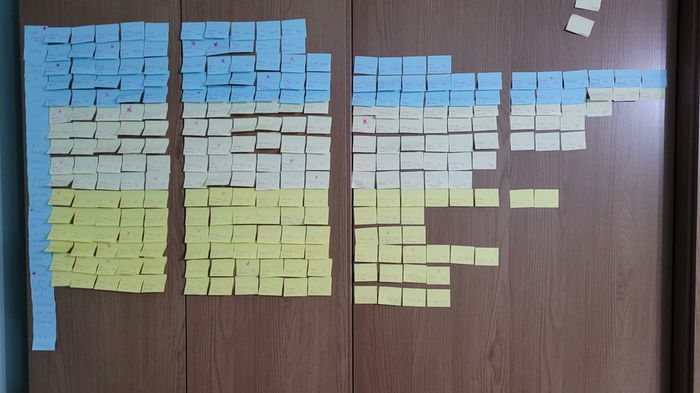
At the end of the 14th, that proved itself, because the player who was currently at the Top 1 in the Americas ranked queue ended up taking the trophy home: Drisoth was the champion of the first Runeterra World Qualifier Open. Which makes a lot of sense, because, in theory, he is the player who wins the most in the Americas, and when you play in a meta in which the tournament prep is very confusing, whoever plays the best decks better will also do better in tournaments.
Let's analyze the Runeterra World Qualifier Open winning lineup from May 14th:
Drisoth - The Secret was Simplicity
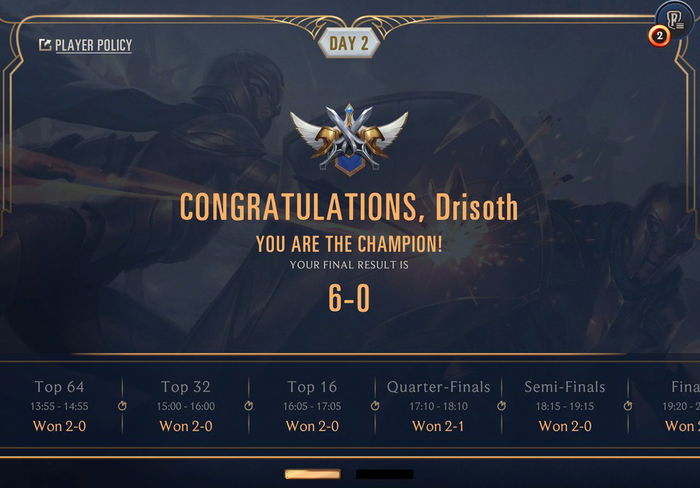
During the Top 64 games, Drisoth only lost one game the entire day. All his other 5 matches were 2x0, including the finals. And these were the winning decks:
Fizz Samira - The most popular and victorious list from the patch. This deck went through heavy nerfs before the Runeterra World Qualifier Open, and, even then, it still performed quite well. That happened because the Fizz Samira list before the nerfs is entirely different from today's Fizz Samira.
The list went through a very interesting rework, in which players opted to play a deck more focused on using the card Powder Pandemonium rather than play a deck which finishes the game by using elusive units.
This way, the deck is no longer dependent on very expensive cards, such as Fleet Admiral Shelly, to win matches, and focuses on a much more dynamic and fast gameplay, while Powder Pandemonium serves as main win condition for this deck.

The greatest question of the meta was: should you ban Fizz Samira or prepare a good lineup to play against it?
At the end, the answer was none of that. The decision-making regarding what to ban was very cruel in this tournament and I believe players who ended up banning Fizz Samira went quite well until a certain point in the tournament. In the same way that whoever prepared themselves to play against the deck also did quite well, the ones who did badly were the ones who didn't bring this list. Because this deck, even when playing bad matchups, still won quite consistently during the tournament.
Take as an example, the last game in the finals between Drisoth and Kríos, in which Kríos was playing Shen Jarvan IV, which in theory wins against Fizz Samira, but, even then, he lost on turn 5 for the Noxus deck.
Tristana Gnar Bilgewater - this list went through a very beautiful process of refining during the week of the tournament, because we slowly realized that the version of this deck with Demacia and Champions' Strength won against that deck. So, another great question came up in the community: which of the two versions is best?
The version with Bilgewater is more consistent in the hands of good players, and the version with Demacia is very dependent on Champions' Strength. This way, the version with Demacia was the most used one on Day 1, Open Rounds, but for Day 2, the version with Bilgewater was more consistent.
As much as this is an aggressive deck, this list is full of nuances and interesting plays that you can do to reach a match conclusion, this way making the deck play much better in the hands of experienced players. And, indeed, in the Drisoth's hands, the Top 1 ranked player in the America's ranked queue, this list performed incredibly well.

Most people's tournament prep was thought out based on neutralizing this deck, because the strategy was the most consistent strategy mathematically: if you had analyzed all the meta win rate tables, you would come to the conclusion that it was easier to build a lineup that won against that deck than building one that won against Samira decks.
But nothing prevented players from bringing that deck any way, because, even then, it is still a deck that, like Fizz Samira, and as the next deck we'll see, performs well against bad matchups as well.
Sett Karma - The classic "most hated by the community" deck currently. A great portion of players isn't a fan of the Coins mechanic.
Of all Drisoth's lists, this was the one which was a bit cooked and adapted into the tournament. If you look at the decks we've listed above, Tristana's and Samira's, when you go in any Runeterra deck bank, you'll find lists identical to the ones Drisoth brought, something that doesn't happen when we look at his Sett Karma list.
The Stagehand, for instance, is a card that came about one day before Day 1 in the Runeterra World Qualifier Open, as a tool to play better against aggressive lists. You pay only 2 mana to deal with, possibly, two attackers from your opponent. Another card that really made a difference was Attentive Accountant, which was a unit abandoned by this archetype for a long time, but it came back as an answer to matchups in which it is necessary to have elusive blockers.

Otherwise, the list works the same as we're all used to seeing it work. It is necessary to say that, even then, yes, it is a list that performs better in the hands of more experienced players. And it is a deck that plays very responsively and retroactively, which is quite different from the decks we've previously seen here.
Usually, in tournaments, it is common to see players bringing 3 decks that play almost in the same way or have similar game plans. But, for the meta in this Runeterra World Qualifier Open, that type of lineup theme wasn't very victorious, actually. Only a few players who brought lineups such as triple Aggro, or Triple Control, for instance, reached high spots in the rankings.
The Great Finals

The final match of the Runeterra World Qualifier Open was Drisoth x Kríos, and I want to give a shoutout to Kríos as well, who, besides everything said above about it not being necessary to play against the meta in this tournament, went very far with a lineup which was quite anti-meta in theme.
They played with decks which are even quite inconsistent and not very well-liked by competitive players, as was the case of Annie Jhin and the Shen Jarvan IV list. Let's take a look at Kríos' lineup.
If you go into any meta analysis site, you'll reach the conclusion that Shen Jarvan IV is the only deck that has a great win rate against all the popular decks in the meta. Just like Annie Jhin, which is quite consistent against Tristana.
The big problem is that, even if those decks have a good win rate against Drisoth's decks, as we've mentioned before, Drisoth's lists still perform very well in bad matchups.
And it was a blowout in the finals. Kríos almost didn't play the last game in which Drisoth was playing Samira Fizz and Kríos had Shen Jarvan IV. Though this was a very favorable matchup for the Demacia player, it ended on turn 5. We must highlight that, out of 1000 players who participated in the tournament, Kríos was the only one who was successful in countering the tournament meta, and went very far with this theme in their lineup.
From the perspective of someone who watched the tournament broadcasts, Kríos was only a punching bag for Drisoth, but they had a beautiful campaign and made the anti-meta dream alive until the very finals of the Runeterra World Qualifier Open. That is without mentioning that most of their matches were also 2x0 victories until the very end.
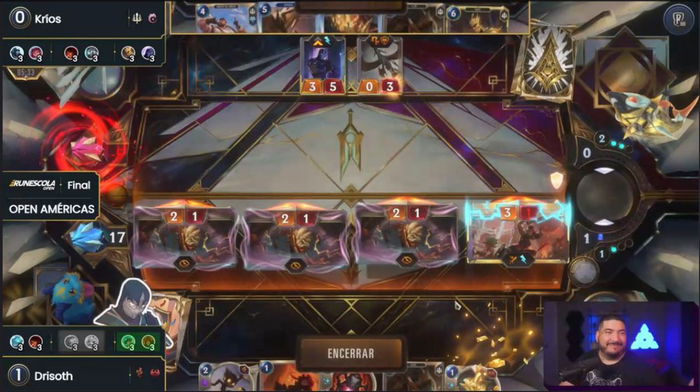
Even with a statistically bad lineup against Kríos, Drisoth came in as the big favorite to win the finals. And I even commented on the Viktor Kav's broadcast that unfortunately, Samira Fizz is a deck that wins even when it is supposed to lose, and that is why it was likely Drisoth would take it home by 2x0. And, indeed, that was what happened.
My Opinion on the Competitive Scene after the first Runeterra World Qualifier Open

What can we take away from all this, in the end, is that Samira Fizz will likely need another nerf, and the tendency is for tournament metas to be even more complicated to understand. Just so you can understand it, we've never had this many players break the 1000 League Point barrier in the ranked ladder.
If we compare and apply the old cut-off for the Seasonal Tournament, we'll notice that the 700 first ranked players in the Americas ranked queue would need 280 to 283 points minimum to participate. In this year's Seasonal Tournament, the cut-off closed around 160.
It is a considerable increase, and that means more people are engaged and motivated to play Runeterra competitively. If we consider that, even with all the problems that happened, we are progressing, imagine how it would be like with no problems at all. Leave in the comments what you would like to change in the official tournaments from now on to make the competitive experience in Runeterra better.
Final Words

I want to remind everyone that in less than a month we'll have the third edition of the Runeterra Open, and the format of that edition will be the Eternal Format. The Eternal format isn't played much in grassroot tournaments and I believe no one has the slightest idea of what's meta, what's good, and what really works in there.
I'll be analyzing it, of course, here on the site, with you, all the nuances of the Eternal Format Runeterra Open, so you can await more articles by me discussing the third Open meta.
If you read this far, now you have all the competitive knowledge to win the next Runeterra Open on the 13th. In case you liked the content of this article, don't forget to share and comment on social media.

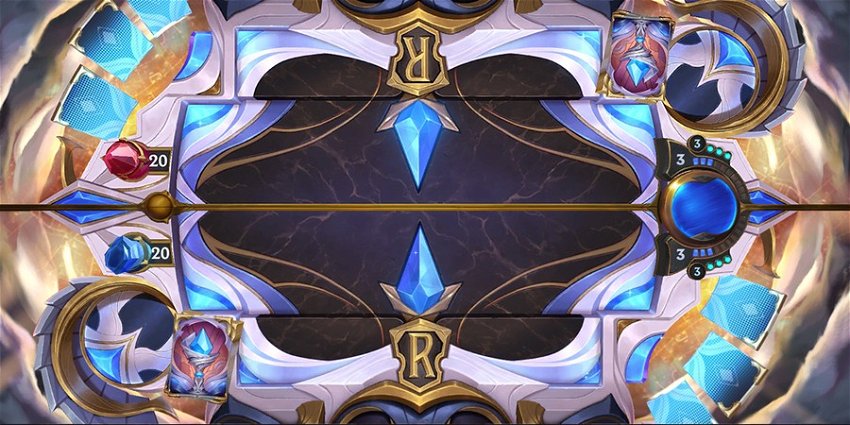









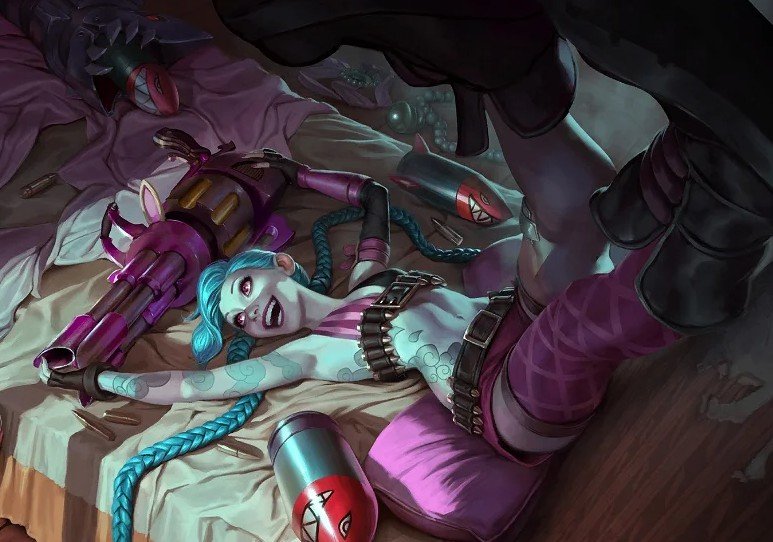
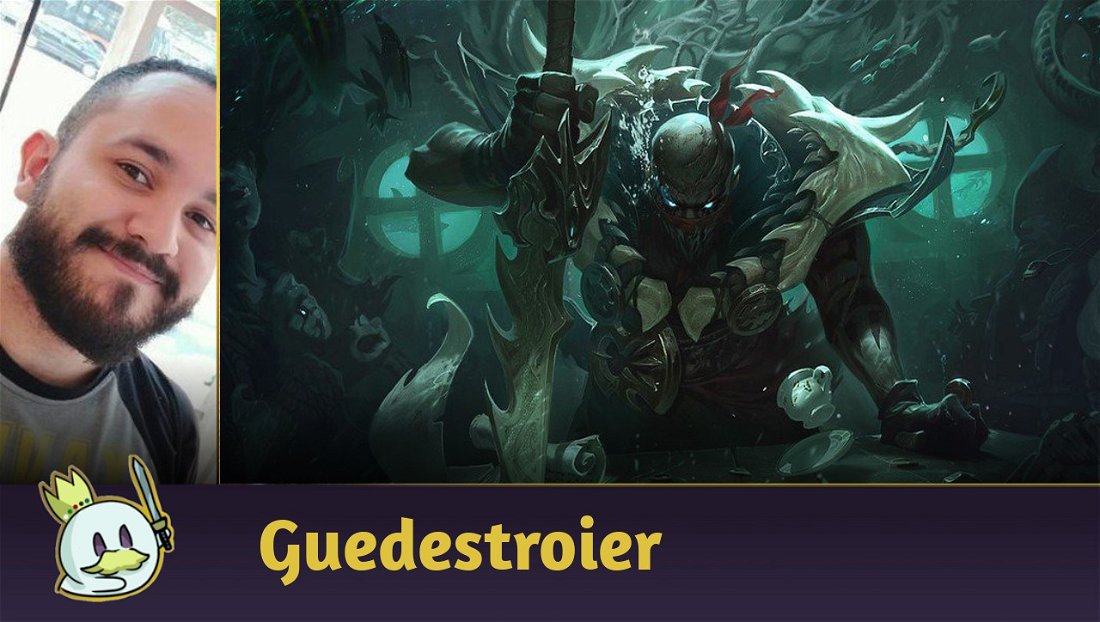



— Comentarios 0
, Reacciones 1
Se el primero en comentar